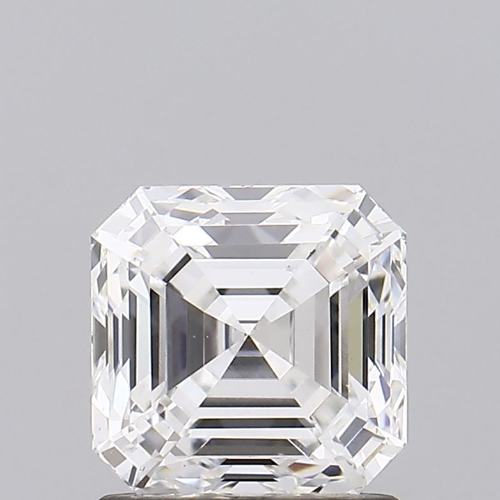Moissanite Vs Diamond VS Lab Grown Diamond Comparision Chart
Here's a detailed table comparison of Moissanite, Lab Diamond, and Diamond:
| PROPERTY | MOISSANITE | LAB DIAMOND | DIAMOND |
| Composition | Silicon Carbide (SiC) | Carbon (C) | Carbon (C) |
| Hardness (Mohs) | 9.25 | 10 | 10 |
| Refractive Index | 2.65-2.69 | 2.42 | 2.42 |
| Dispersion | 0.104 | 0.044 | 0.044 |
| Brilliance | Higher than diamond | Similar to a natural diamond | Superior brilliance |
| Color | Available in near-colorless and colored | Typically colorless, it can be colored | It can be colorless or fancy colors |
| Price | Generally more affordable than diamonds | Less expensive than diamonds | Most expensive |
| Environmental Impact | Lower impact, created in a lab | Lower impact, created in a lab | High impact, mined from the earth |
| Ethical Concerns | No ethical issues, lab-created | Fewer concerns, lab-created | Potential ethical issues |
| Heat Resistance | High | Very high | Very high |
| Clarity | Typically very clear, fewer inclusions | Similar to natural diamonds, can vary | Varies from flawless to included |
| Cut | Can be cut in various shapes, excellent cut enhances brilliance | Can be cut in various shapes, similar to natural diamonds | Can be cut in various shapes, and cut quality impacts value |
| Durability | Very durable, suitable for daily wear | Extremely durable, suitable for daily wear | Extremely durable, suitable for daily wear |
| Origin | Created in lab | Created in lab | Formed naturally over millions of years |
| Popularity | Increasingly popular as a diamond alternative | Increasingly popular | Longstanding popularity, traditional choice |
Summary:
• Moissanite: Known for its high brilliance and fire, more affordable, and eco-friendly.
• Lab Diamond: Identical in composition to natural diamonds, less expensive, eco-friendly, and ethical.
• Natural Diamond: Traditional choice, highest cost, potential ethical and environmental concerns.



